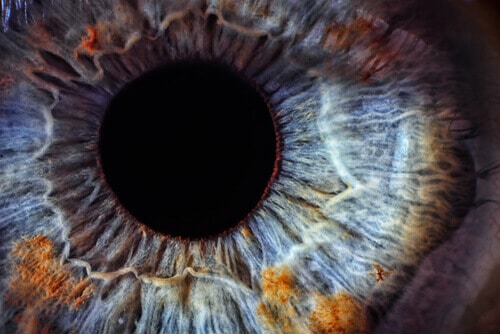
Having the ability to see is an impressive skill, but it isn’t magic. The eye is an incredible complex piece of biology that is a little different for every species on the planet. One concept that remains consistent throughout though is how vision works. Vision is the product of all the cones, rods, and photoreceptors within your eye working together to translate light into electrical signals, which are then sent to your brain.
What is the cause of blindness?
Certain non-genetic and genetic diseases can damage the photoreceptors and retinal ganglion cells. Like with anything else, when the eye takes damage it begins to function improperly and parts of the eye can shut down and down—thus creating blindness.
Age-Related Macular Degeneration (AMD) is a leading cause in damages to the photoreceptors in the human eye. Unfortunately, the human body does not have the ability to repair damaged nerve cells, nor can it grow new ones. Without healthy functioning photoreceptors, the human eye will begin to lose its ability to convert light into electrical signals to send to the brain, if this happens your vision grows darker.
Cataracts are another major issue, and are the leading cause of blindness around the world. If you are over the age of 40 and are having issues with vision loss, then there is a good chance you are beginning to develop cataracts. The damage done by cataracts is at the front of the eye, and can be corrected with cataract surgery.
Issues with dying cones, rods, and photoreceptors are located at the back of the eye, so they are unreachable by current LASIK technology.
Are there options for those who suffer from blindness?
There aren’t a lot of options out there right now to cure blindness. There are some bionic eyes available, but the technology is a bit crude and will only provide you with the most basic ability to see. The good news is that there are scientists looking for a way to cure blindness. A group of scientists are devising a potential cure for blindness called “photoswitch.”
Despite damages to your photoreceptors, your ganglion cells remain intact. What happens once your photoreceptors stop functioning is your ganglion cells are essentially useless. Photoswitch technology takes these dysfunctional ganglion cells and infuses them with photoswitch molecules.
These molecules are designed to change shape in response to light. This gives the ganglion cells the ability to sense light on their own. This essentially makes your ganglion cells self-sufficient vision producing machines!
The animal testing of the photoswitch molecule has gone well thus far, but we won’t know for sure if this technology is a viable option for humans until more tests have been completed. If results are positive after human testing, then photoswitch molecules have the potential of offering far superior vision to that of the current bionic eye technology.



